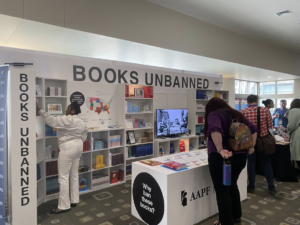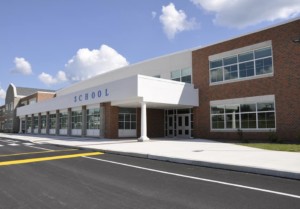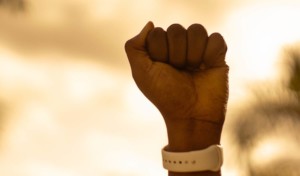The fight for educational equality in America
Handed down 55 years ago, the Warren Court’s decision stated that “separate educational facilities are inherently unequal.” As we remember the anniversary of this important decision, we can celebrate some progress but should feel a profound sense of shame for the vast inequities that low income and minority children face growing up in America.
A recent McKinsey study found that US black students match students Bulgaria and lag Bosnia. Black and Latino students are two or three years behind white students. Almost half of low income minority students drop out of school.
This is a problem of poverty, policy, and public will.
· In the last few months I’ve visited schools in Chicago, Hartford, New York, Newark, Baton Rouge and Los Angeles—all nearly 100% low income minority students. The concentration of poverty and racial segregation that remains in America creates an enormous education challenge.
· In many states, school funding reflects community wealth. In the President’s home state, school funding ranges from $6,000 to 18,000—and it’s the reverse of what it should be.
· Despite glaring gaps and inequity, the American public remains largely complacent. Policy proposals that take money from rich kids to spend on poor kids are DOA.
Let’s take a quick visit to two schools. On the far west side of Chicago, Austin High School serves a population of low income minority students. The school was closed and replaced by four small schools in an effort to improve achievement and graduation rates. The building is old and the Oak Park neighborhood is tough. At nearby People’s Taco, you shout your order through a hole and greasy tacos spin out of a bullet proof turret. North of Chicago, New Trier High School is planning their next bond to improve a campus that small colleges would be jealous of. Compared to Austin, New Trier spends about twice as much on scholars worried about which Ivy they’ll get in to not whether they’ll get home. Illinois provides the worst examples of inequity, but education inequities in funding, facilities, and outcomes are pervasive 55 years after the Court instructed us to fix the problem.
The good news is that there are extraordinary people in every urban center fighting for children. Arne Duncan was a courageous school leader in Chicago and is setting the same tone in Washington. Michelle Rhee is cleaning house in DC. Steve Adamowski is creating innovative new schools in Hartford (with commendable state investment) and Tom Boasberg is doing the same in Denver. Joel Klein is closing failing schools and working with dozens of community groups to open great new schools.
On May 16, Klein will join Michael Lomax, Al Sharpton, Raul Yzaguirre, Newt Gingrich, Roy Romer and thousands of us in Washington DC to commemorate the anniversary of Brown v Board and call the nation to action for the work yet to be done. See www.EdEquality.org for details and come if you can!







0 Comments
Leave a Comment
Your email address will not be published. All fields are required.